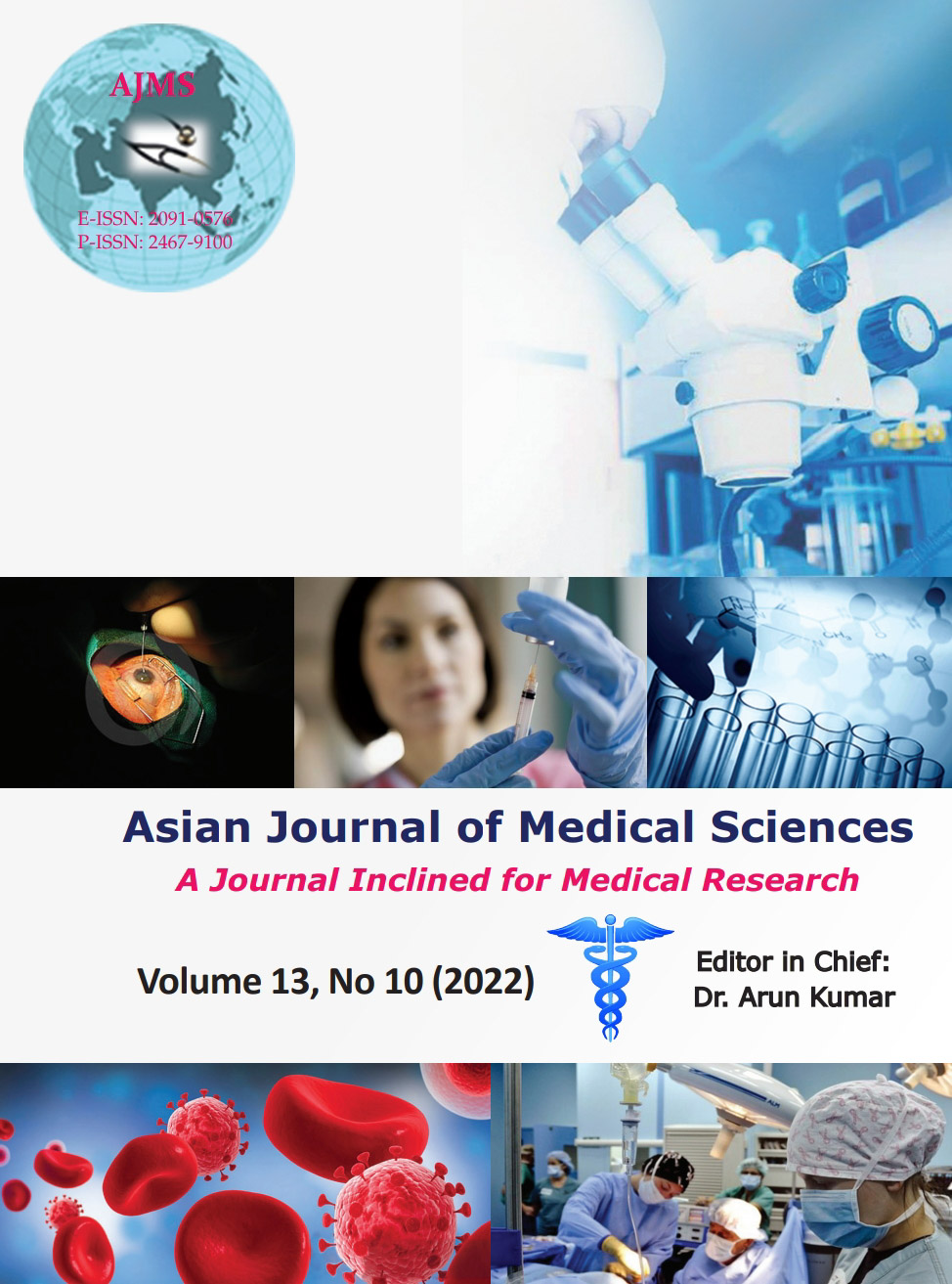Radiological evaluation of ovarian mass by contrast-enhanced computed tomography abdomen with clinicopathological correlation in Eastern Indian population
Keywords:
Contrast-enhancedcomputed tomography; Ovarian mass; malignancy; Histo-pathology; Complex cystAbstract
Background: Adenexal masses present diagnostic challenges. After identification of the ovarian mass, the most critical step is to determine the degree of suspicion for malignancy. It is mainly based on imaging modalities and clinicopathological correlation.
Aims and Objectives: This radiological study was designed to differentiate benign and malignant ovarian masses by contrast enhanced-computed tomography (CECT) of abdomen and correlation of the radiological findings with histopathological report.
Materials and Methods: This was a hospital-based prospective study conducted in Department of Radiodiagnosis, Nilratan Sircar Medical College and Hospital, Kolkata during January 2019–June 2020. The study was done on clinically suspected 50 patients of 15–50 years with ovarian mass having CECT diagnosed solid/complex solid cystic mass.
Results: Among 50 cases under study, 37(74.0%) were benign which was significantly higher than that of malignant cases (26.0%). Malignancy was significantly associated with wall irregularity, solid-cystic composition, presence of thick septations, septal enhancement, presence of both septal, and solid enhancement pattern in CECT.
Conclusion: Based on the results of the present study, multi-detector contrast-enhanced CT could be a rapid non-invasive and cost-effective step in the evaluation of ovarian masses.
Downloads
Downloads
Published
How to Cite
Issue
Section
License
Copyright (c) 2022 Asian Journal of Medical Sciences

This work is licensed under a Creative Commons Attribution-NonCommercial 4.0 International License.
Authors who publish with this journal agree to the following terms:
- The journal holds copyright and publishes the work under a Creative Commons CC-BY-NC license that permits use, distribution and reprduction in any medium, provided the original work is properly cited and is not used for commercial purposes. The journal should be recognised as the original publisher of this work.
- Authors are able to enter into separate, additional contractual arrangements for the non-exclusive distribution of the journal's published version of the work (e.g., post it to an institutional repository or publish it in a book), with an acknowledgement of its initial publication in this journal.
- Authors are permitted and encouraged to post their work online (e.g., in institutional repositories or on their website) prior to and during the submission process, as it can lead to productive exchanges, as well as earlier and greater citation of published work (See The Effect of Open Access).




